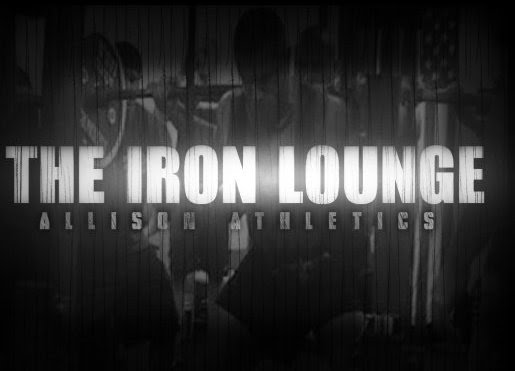
This post is somewhat of a response to a lot of questions I get from my friends I attend college with. The thought is that since they have to buy their own groceries that they can't afford to make good choices for health and body composition. This could not be further from the truth. I've managed to keep my fridge relatively full with good choices working a minimum wage job on the weekends and evenings. Now some of my friends have different goals: "get ripped" , "put on mass", "hard-gain", or the crowd favorite "burn fat and build muscle simultaneously." lol
I"ll do my best here to give some examples on how to grocery shop for your particular needs:
"Getting Ripped"
-Protein Sources: Grass Fed Beef, Wild Game, Free Range Poultry/ Eggs, Fish of all sorts, Jerky, Whey Concentrate Powder
-Fat Sources: Fish Oil Liquid or Capsules, Coconut Oil, Olive Oil, Walnuts, Pecans, Cashews
-Carbohydrate Sources: Green Vegetables of all sorts (my top picks are: KALE, Brocolli, Cuccumbers and baby spinach), carrots and berries for post workout eating
-if you are "Carb-Tolerant" or a "Carbohydrate Type" and manage to stay lean and not get sleepy when eating carbohydrates then here are some other sources to consider at times: -Quinoa,Steel Cut Oats, Sweet Potatos, Wild Rices, Apples, Oranges
-Also consider some drinking water if your tap water sucks at home
For the "Mass Builder"
-I'll assume this guy doesn't necessarily care about his body fat, he should still try to keep his meals mostly protein and fat pre-workout to ensure that he's doesn't become insulin resistant
Protein: same as above, maybe add in some organic cheeses and fage yogurt (BK, 2008) if dairy isn't a problem for you
Fats: same as above, also: natural peanut butter, organic butter/ghee, almond oil, flaxseeds, hemp seed oil, macadamia nut oil, sesame oil, etc.
Carbohydrates: keep the greens flowing, mushrooms, onions, peppers, PUMPKIN, squash, tomatoes, Berries, apples, oranges, bananas, kiwi fruit, Apricots, Melons, Dates, Figs, Grapefruit, Guava, Pineapple, Raisins, Lentils, Kidney Beans, Squash, Sweet Potatos, Oats, Quinoa, Garbanzo Beans, Honey, Waxy Maize Carb Powder for post-exercise, etc...
I'll leave it at this for now and let you use your imagination to piece this information together.
To get a step ahead of the rest of the grocery shoppers, pick up a book by the name of; "The 150 Healthiest Foods on Earth" by Dr. Jonny Bowden, Ph.D., C.N.S.


